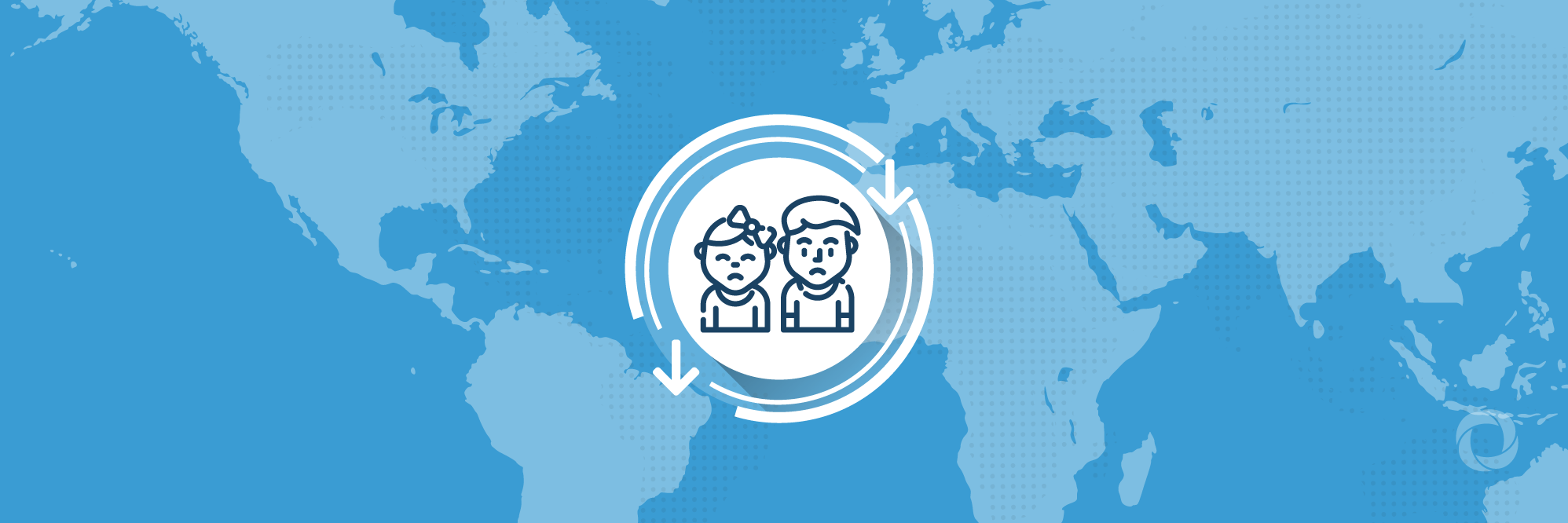Although the United States of America is the biggest aid donor and one of the largest economies in the world, the COVID-19 outbreak has dramatically increased the level of poverty amongst its youngest citizens.
Child poverty has recently become one of the main topics of political debate in the US as one in seven children lives in poverty (14%) and 25% are affected by hunger. The latest reports by local non-profit organizations show that the levels of hunger and poverty among the youngest Americans have risen steeply in the richest areas of the country and also reveal the link to job losses triggered by the pandemic.
Bergen County in New Jersey, located just across from Manhattan, may serve as an example. In this county, the median household income is US$101,144 while the child hunger rate has soared by 136% – three times higher than the national average of 47%. This means that 17% of children living in that county are affected by hunger. While the data indicates that the rise in levels of child hunger is higher in wealthier zones, access to food assistance is also more limited there than in poorer areas. St. Charles County in Missouri, to the north of St. Louis, has a total population of 402,000 people and has experienced as much as a 69% increase in child hunger but there are only 20 sites distributing food while the city of St. Louis with a population of 311,000 recorded levels of child hunger increasing by 36% but it has 100 locations where people can obtain food assistance.
Eleni Towns, associate director of the No Kid Hungry campaign said that the pandemic “undid a decade’s worth of progress” in terms of reducing hunger amongst children and it has placed at least 15 million children in danger of hunger.
However, some say that the American Rescue Plan Act recently signed by President Joe Biden may serve as a relief. The new bill will completely change the child tax credit for one year and mean that low- and middle-income families will receive US$3,000 a year per every child aged 6-17 and US$3,600 per every child under 6 years old. The Center on Poverty and Social Policy at Columbia University projects that this step will bring about a reduction in child poverty of 45%, thus decreasing from 14% to 7% and consequently reduce hunger amongst the youngest population. It is forecasted that the new child tax credit will particularly lead to a decrease in child poverty among racial groups such as Black, Hispanic, and Native American. Columbia University expects that a similar reduction will be seen for those living in extreme poverty.
President Biden’s Rescue Plan Act may prove crucial to resolving this issue as data clearly indicates that, if the COVID-19 pandemic had not occurred, then neither would there have been such a drastic rise in child poverty either. In 2009, the child poverty rate was 17% which the authorities had been able to reduce to 12% by 2019. One year of the pandemic has been sufficient to record a 2% surge as today 14% of the youngest Americans suffer because of poverty.


